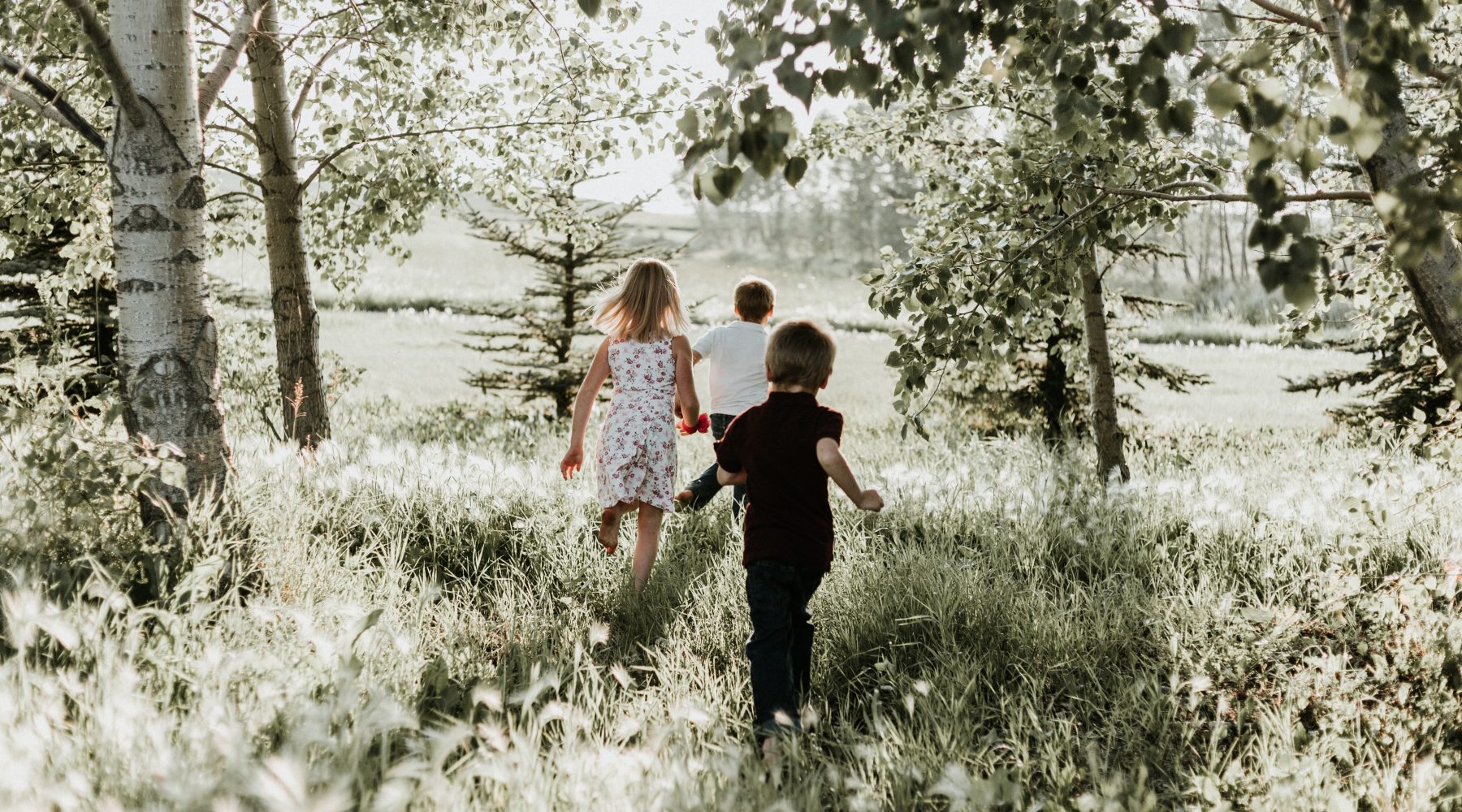Outside play helps children meet movement targets

Preschool-aged children are twice as active, and less sedentary when outdoors compared to indoors, a US study which fitted children with GPS technology while in a childcare setting has found.
During the study, children were fitted with GPS technology, and their movements monitored. The results may impact the way outdoor play spaces are accessed and designed in Australian early childhood education and care (ECEC) settings.
The amount of time preschool-aged children spend in non-parental care in the US is over 30 hours per week – comparable with Australia where children spend nearly 25 hours a week in non-parental care. With ECEC spaces in both countries increasingly responsible for ensuring children’s physical activity guidelines are met, the research is likely to be of interest to educators and providers in both countries.
Best practice guidelines for childcare in the US recommend two to three hours of daily active outdoor play, totalling 60 to 90 minutes for preschoolers, again, similar to Australian recommendations. As in Australia, nearly half of US preschool-age children are not attaining the daily requirements.
Understanding and documenting the differences in preschoolers’ activity levels indoors and outdoors, as in this research, has the potential to influence policy, and encourage practices which promote physical activity in childcare settings. The findings also have implications for the design and setting of services, with an increase of services which have no outdoor space.
The two centres where children had the most autonomy, with children moving in and out of the buildings as they chose, showed the highest rates of outdoor play.
More boys (66 per cent) than girls (35 per cent) spent at least 60 minutes per day outside, with the average outdoor time for boys being almost double that of girls (70 minutes for boys, 39 minutes for girls).
Although the researchers did not suggest a correlation between boys being restricted to indoor environments and small body movements with behavioural outcomes, the author suggests there is an existing theoretical and research knowledge base which shows a link between a lack of time outside and opportunities to be active, with behavioural outcomes.
Additional research has shown that structured outdoor playtime – where adults were designing play spaces and directing and assisting with play – increased the activity level of children compared with free play with no direction.
Shorter, more frequent intervals of outdoor play yielded similar results, suggesting that improving outdoor environments, conducting educator training, and scheduling more frequent, shorter intervals of outside play may improve activity levels.
The study concluded by saying the current findings reinforce the idea that preschoolers are over twice as active and less sedentary when outdoors, placing the onus on policy makers, health care providers and others who have power and influence over children’s outdoor spaces to promote and support more outdoor play.
Popular

Workforce
Quality
Research
When did it start to go wrong?
2025-12-18 08:00:46
by Fiona Alston

Economics
Policy
Quality
Provider
Research
Is your service ready? Key updates to Queensland kindergarten funding in 2026
2025-12-17 07:00:15
by Fiona Alston

Quality
Workforce
Practice
Research
Let’s not lose the word 'Children'
2025-12-18 07:45:13
by Fiona Alston














